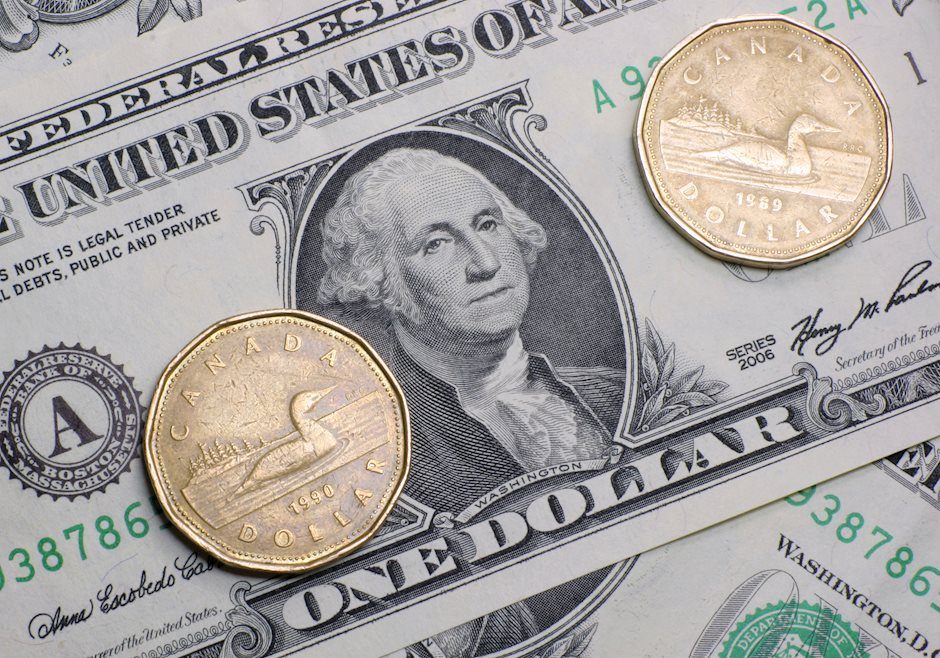USD/CAD remains steady around 1.4350 ahead of FOMC Meeting Minutes
- USD/CAD may gain ground as the US Dollar receives support from a hawkish policy shift by the Federal Reserve.
- Atlanta Fed President Raphael Bostic emphasized policymakers should proceed cautiously with policy decisions, citing uneven progress in bringing down inflation.
- Traders assess the impact of Canadian PM Trudeau's resignation as the country faces rising tariff threats and political uncertainty.

USD/CAD retraces its recent gains from the previous session, trading around 1.4350 during the European hours on Wednesday. However, the pair downside risks for the pair could be restrained as the US Dollar (USD) strengthens by a hawkish shift in investor sentiment regarding the Federal Reserve's (Fed) interest rate outlook, following robust US economic data.
The latest ISM services report suggested increased activity and rising prices in the United States (US), intensifying concerns about persistent inflation. Traders are now focused on the upcoming Federal Open Market Committee (FOMC) Minutes, scheduled for release later in the day, as well as the US jobs data, including the Nonfarm Payroll (NFP) report on Friday, for additional insights into policy direction.
According to Bloomberg, Federal Reserve Bank of Atlanta President Raphael Bostic stated on Tuesday that Fed officials should exercise caution with policy decisions due to uneven progress in reducing inflation. Bostic emphasized the need to lean toward keeping interest rates elevated to ensure the achievement of price stability goals.
Traders are evaluating the implications of Canadian Prime Minister (PM) Justin Trudeau's resignation after nine years in office, amid escalating tariff threats, political instability, and declining approval ratings, which could pave the way for snap elections. Trudeau announced on Monday that he would step down as the leader of Canada’s ruling Liberal Party once a successor is chosen.
On the data front, Canada’s seasonally adjusted Ivey Purchasing Managers Index rose to 54.7 in December, up from 52.3 in November but falling short of market expectations of 55.4. This indicates steady economic expansion for the fourth consecutive month. Meanwhile, traders are shifting their focus to the upcoming employment report, including December’s Net Change in Employment and Unemployment Rate, set for release on Friday.
Canadian Dollar PRICE Today
The table below shows the percentage change of Canadian Dollar (CAD) against listed major currencies today. Canadian Dollar was the strongest against the Swiss Franc.
| USD | EUR | GBP | JPY | CAD | AUD | NZD | CHF | |
|---|---|---|---|---|---|---|---|---|
| USD | 0.19% | 0.25% | 0.22% | -0.03% | 0.07% | 0.15% | 0.26% | |
| EUR | -0.19% | 0.06% | 0.02% | -0.21% | -0.12% | -0.03% | 0.07% | |
| GBP | -0.25% | -0.06% | -0.02% | -0.27% | -0.18% | -0.09% | 0.01% | |
| JPY | -0.22% | -0.02% | 0.02% | -0.25% | -0.16% | -0.08% | 0.03% | |
| CAD | 0.03% | 0.21% | 0.27% | 0.25% | 0.09% | 0.18% | 0.28% | |
| AUD | -0.07% | 0.12% | 0.18% | 0.16% | -0.09% | 0.09% | 0.18% | |
| NZD | -0.15% | 0.03% | 0.09% | 0.08% | -0.18% | -0.09% | 0.10% | |
| CHF | -0.26% | -0.07% | -0.01% | -0.03% | -0.28% | -0.18% | -0.10% |
The heat map shows percentage changes of major currencies against each other. The base currency is picked from the left column, while the quote currency is picked from the top row. For example, if you pick the Canadian Dollar from the left column and move along the horizontal line to the US Dollar, the percentage change displayed in the box will represent CAD (base)/USD (quote).
Author

Akhtar Faruqui
FXStreet
Akhtar Faruqui is a Forex Analyst based in New Delhi, India. With a keen eye for market trends and a passion for dissecting complex financial dynamics, he is dedicated to delivering accurate and insightful Forex news and analysis.
















